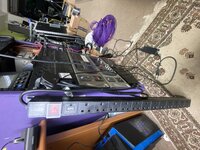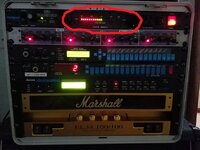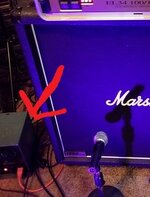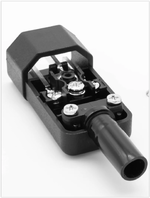OscarVelour
New member
Hello all! I have another question about my rack...
Got it all working pretty nicely but don't like having all my gear powered separately so I bought a rack mount power supply. I had a couple of prerequisites which made it difficult to find one that suited me but I found a Samson powerstrip ps10 which fits the bill. (As an aside, why do so many rack power strips have their sockets on the face of the unit instead of the back? I don't want all the wires having to come out the back of my rack to plug into the front on my power supply?). The only problem is all my rack gear has standard UK plugs and this power supply has female IEC C14 sockets.
My idea is to buy a few of the wireable connectors from the link below, cut off the standard uk plugs and wire them up to these.
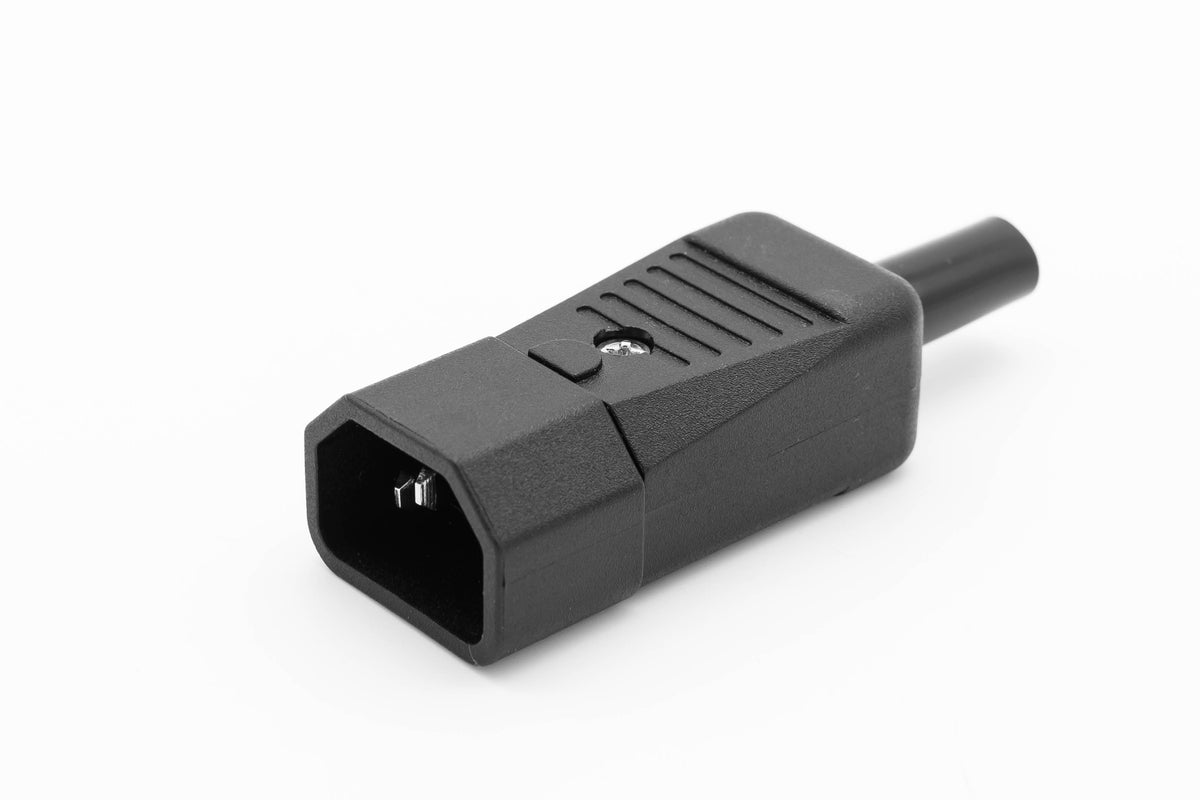
 www.netbit.biz
www.netbit.biz
The thing I want to pick some people's brains about is whether this is safe? My Samson powerstrip has a 10amp push to reset fuse built in, will this be enough? I'm aware that getting rid of the UK plugs will get rid of the fuses that are inside them and I want to make sure I'm not damaging my gear or creating a fire hazard!
Any help would be much appreciated!
Got it all working pretty nicely but don't like having all my gear powered separately so I bought a rack mount power supply. I had a couple of prerequisites which made it difficult to find one that suited me but I found a Samson powerstrip ps10 which fits the bill. (As an aside, why do so many rack power strips have their sockets on the face of the unit instead of the back? I don't want all the wires having to come out the back of my rack to plug into the front on my power supply?). The only problem is all my rack gear has standard UK plugs and this power supply has female IEC C14 sockets.
My idea is to buy a few of the wireable connectors from the link below, cut off the standard uk plugs and wire them up to these.

IEC C14 Male Plug Re-Wirable Inline Connector - 10A @ 230V
Heavy Duty Re-Wirable IEC C14 Male Plug High Quality, completely re-wirable IEC-C14 (Kettle type) male inline plug assembly for all your electrical power applications. Ideal for connecting to the most common, industry-standard power, IT and related powered hardware including Power Distribution...
The thing I want to pick some people's brains about is whether this is safe? My Samson powerstrip has a 10amp push to reset fuse built in, will this be enough? I'm aware that getting rid of the UK plugs will get rid of the fuses that are inside them and I want to make sure I'm not damaging my gear or creating a fire hazard!
Any help would be much appreciated!

